Through new school partnerships, CRREL seeks to educate young scientists
| Published: 04-17-2024 6:01 PM |
LYME — On a raw, not-quite-spring New England afternoon, four seventh and eighth graders in the New Hampshire Academy of Science’s (NHAS) after-school program clustered around a computer, choosing images of orchids for a poster they’re designing to exhibit at a STEM (science, technology, engineering and mathematics) symposium in May at Colby-Sawyer College in New London. On the other side of the lab, a sixth grader and ninth grader experimented with dry ice, observing the dense white smoke that the ice emitted when it met warm water and air temperatures.
“Science is best learned by doing,” said Alyson Michael, who oversaw the dry ice experiment. She’s one of three senior scientists at the academy, which is located next to Crossroads Academy in Lyme. NHAS is not an independent school but an after-school STEM program for middle and high school students, which is funded primarily by the National Institutes for Health and the National Science Foundation.
This summer, students who have been accepted to NHAS summer programs, which run from the beginning of June until the first week of August, will have additional opportunities for learning by doing.
A recently signed agreement between NHAS and the Cold Regions Research and Engineering Laboratory (CRREL) in Hanover is aimed at year-round collaboration between the elite federal research facility and the NHAS programs for middle and high school students who want to pursue study beyond their school’s science curricula.
CRREL is one of seven federally-funded engineer research and development centers around the country under the Army Corps of Engineers umbrella; it works in such areas as biogeochemical, terrestrial and geographic information sciences, as well as mission support for the U.S. military.
Beginning in June CRREL will provide laboratory personnel to teach and assist in the development of science courses and materials. It will also mentor NHAS students; offer internships; and loan or give to NHAS surplus scientific equipment, according to a CRREL press release. CRREL is on the verge of completing similar agreements with other middle and high schools in the area but has not named them publicly because the agreements have not yet been signed.
Encouraging students to pursue the STEM fields benefits CRREL, said its director, Ivan Beckman. The study and internships that CRREL offers students create “not only a pipeline of talent for CRREL but also for the Upper Valley and the nation. We need to continue to attract the best and brightest minds,” he added.
When students come in to do research, Beckman said, they work on myriad unclassified projects of strategic importance — civil and military engineering, biogeochemical sciences — that are “focused on the Arctic, Alaska and other cold regions throughout the world.”
Article continues after...
Yesterday's Most Read Articles
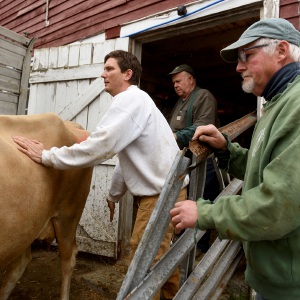 Herd departs Hartford’s last remaining dairy farm
Herd departs Hartford’s last remaining dairy farm
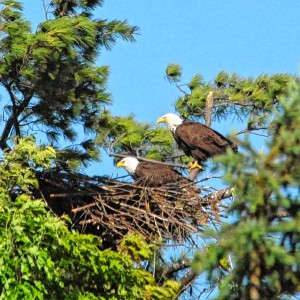 Bald eagles are back, but great blue herons paid the price
Bald eagles are back, but great blue herons paid the price
 At Dartmouth, hundreds protest ongoing war in Gaza and express support for academic freedom
At Dartmouth, hundreds protest ongoing war in Gaza and express support for academic freedom
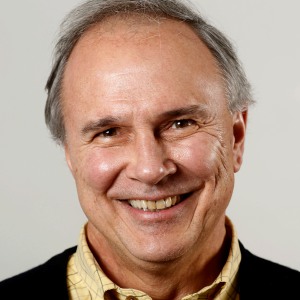 Kenyon: What makes Dartmouth different?
Kenyon: What makes Dartmouth different?
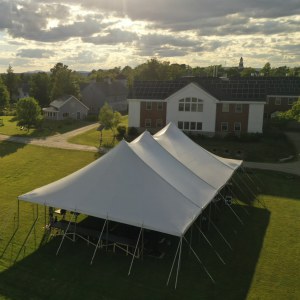 Big drop in tuition and aid is boosting Colby-Sawyer
Big drop in tuition and aid is boosting Colby-Sawyer
One potential area of research for students, Beckman said, is the study of permafrost. When permafrost thaws, it becomes unstable. How does this affect the world’s colder regions and climate, and the global climate overall?
“Our researchers are working on the nation’s biggest challenges,” Beckman said, adding that middle and high school students “don’t always get the opportunity to see a big federal lab.” (Dartmouth College and CRREL already have a cross-collaboration, as do Dartmouth and NHAS.)
One of the distinctions of NHAS, said Executive Director Peter Faletra, is that it serves middle and high school students, many of whom come from largely rural areas where opportunities to study upper-level science beyond the school room are thin.
“One-hundred-percent of our students go on to major in STEM fields,” and some of them may be the first generation in their family to go to college, Faletra said.
The collaboration with CRREL is “going to be much more than an agreement on paper. In the next few months we will have scientists coming over here and students going there, working on projects that are research-based,” Faletra added.
R.J. Jones, a CRREL scientist working on soil microbiology in the predominantly frozen Arctic and subarctic regions, has consistently worked with college and high school students in the 10 years he has worked at the facility. “I learn how to be a better mentor,” he said.
He has them test hypotheses that have “a high likelihood of actually happening,” and in doing so, helps to “set them up for success” by “giving them projects that will help us help them.” That this also helps Jones in his own research is a happy and intended by-product.
One of NHAS’s objectives, said Markus Testorf, a senior scientist in the program and a lecturer at the Thayer School of Engineering at Dartmouth, is to train students to go from “idea to proposal to paper” so that they have a sense of what it takes to get a paper published in a peer-reviewed journal.
A major focus of study at NHAS is the health of native plants, particularly orchids indigenous to New Hampshire and Vermont: the yellow lady’s slipper, showy lady’s slipper, and the rarer ram’s head lady slipper.
“We get to do a lot of science related to endangered plants,” said Kevin Sun, an eighth grader at Richmond Middle School who lives in Hanover.
Kevin and his brother Ian Sun, also an eighth grader at Richmond, together with eighth grader Grace Lan and seventh grader Shea Hill, both Crossroads students from, respectively, Hanover and Lyme scrutinized on a computer the proposed design for a poster they plan to bring to the Colby-Sawyer symposium.
Subdivided into squares showing microscopic images of orchid tissue as well as snapshots of the plants themselves, the poster is similar to two that some of the NHAS scientists exhibited at a three-day international orchid conference this winter in Taiwan, a trip paid for by their families.
Orchids are considered a keystone or indicator species whose health and number speak to the robustness of the environments they favor, said associate scientist Olivia Streit. The students are working on mapping populations, and studying orchid genetic diversity and habitat both through histology — the microscopic study of animal and plant tissue — and data collected by drones.
Because wetlands are sensitive, tramping into them to collect plants and data risks damaging vulnerable ecosystems, Streit said. Instead the students are working on developing drones that can collect that crucial data.
“It’s cool that we do things that real scientists do,” Shea Hill said.
One of the driving forces behind NHAS and ultimately the NHAS-CRREL collaboration, said Alyson Michael, is to make interested, curious, driven students “feel like they belong in the scientific community. It’s important for girls and underrepresented populations. It’s a good way to see what a career in science might look like.”
Nicola Smith can be reached at mail@nicolasmith.org.

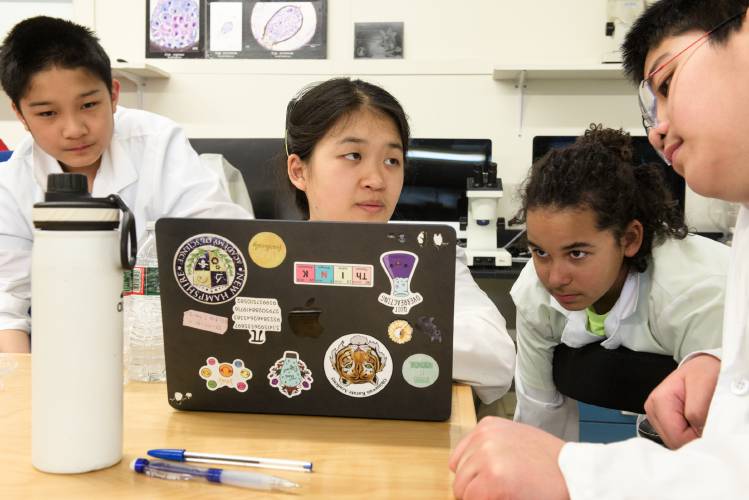
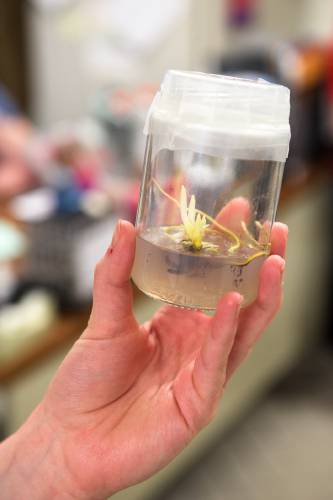
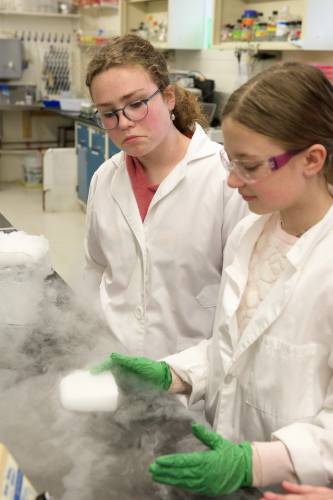
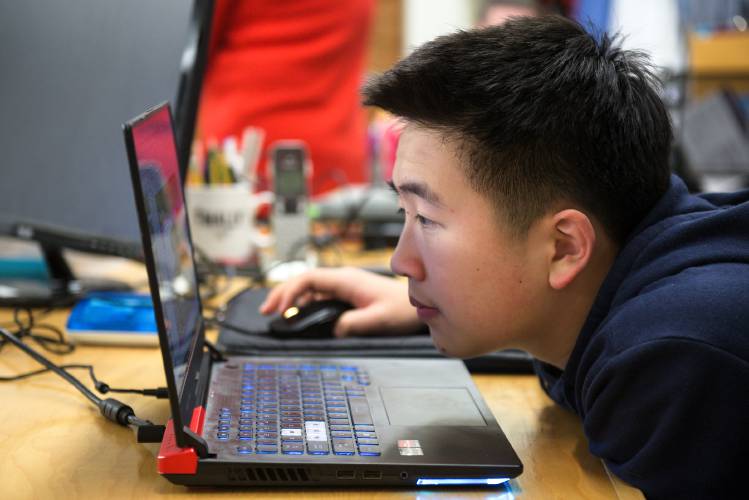
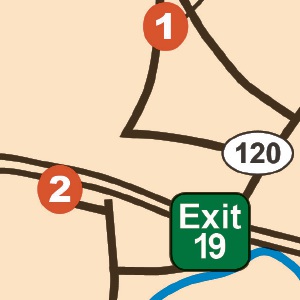 Lebanon moves forward with plans for employee housing
Lebanon moves forward with plans for employee housing Howard Dean weighs (another) run for governor
Howard Dean weighs (another) run for governor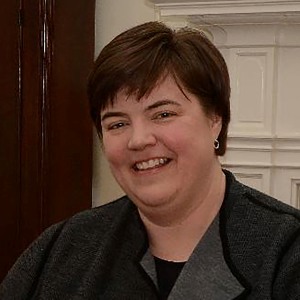 Colby-Sawyer president announces plan to depart
Colby-Sawyer president announces plan to depart
